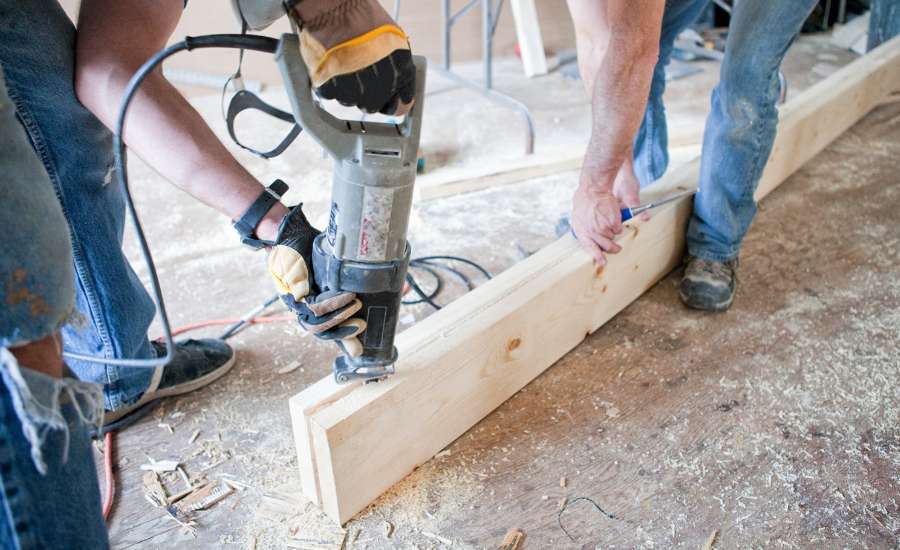From revitalizing dated spaces to creating personalized havens, embarking on a home renovation project is a journey that demands creativity, dedication, and, most importantly, the right tools.
A properly planned and executed home renovation project will help breathe new life into your living spaces. Whether you’re revamping a cozy corner or undertaking a full-blown makeover, having the right tools at your disposal can make all the difference between a successful transformation and a frustrating fiasco.
From the satisfying buzz of a power sander to the precision of a well-used chisel, each tool plays a unique role in shaping your vision into reality. Each project also vary greatly in scope and complexity, that’s why the tools required usually depend on the specific tasks you’re undertaking.
In this guide, we’ll list the most common tools and gear that are often used for the different types of home renovations.
Table of Contents
Basic Hand Tools For Home Renovation
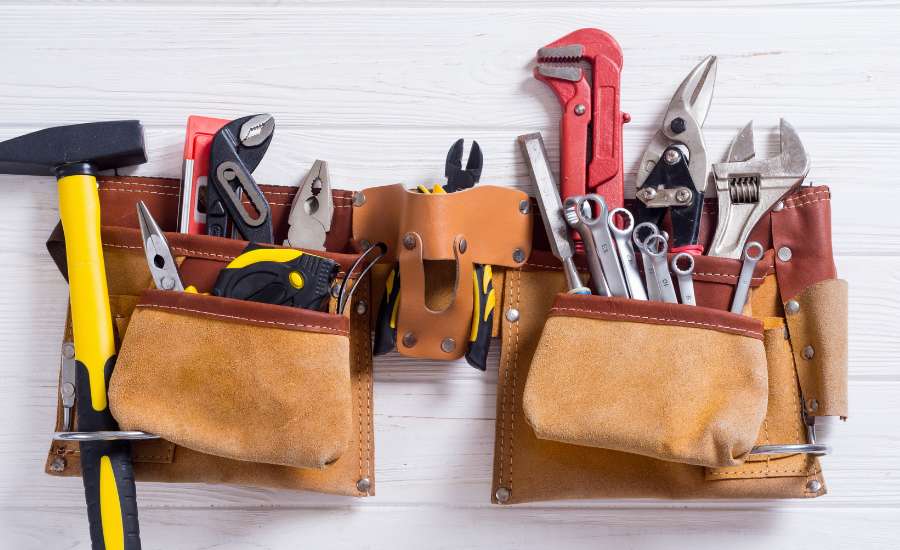
Basic hand tools are the backbone of any successful home renovation project, providing the foundation for tasks that require precision, versatility, and manual craftsmanship. Whether you’re hanging artwork, assembling furniture, or making small repairs, basic hand tools are indispensable companions during home renovation projects.
Their simplicity, reliability, and ability to complement power tools make them essential for achieving professional-looking results and building a sense of accomplishment as you transform your living spaces.
Hand tools allow for precise control and adjustments, ensuring accurate measurements, cuts, and fastenings that contribute to a polished final result.
They’re always accessible because they don’t require the use of electricity or batteries, making them convenient for quick fixes and smaller tasks.
Hand tools also generate minimal noise and vibration compared to power tools, making them suitable for use in quieter environments or during off-hours.
Here are some essential basic hand tools you need for home renovations.
Screwdrivers
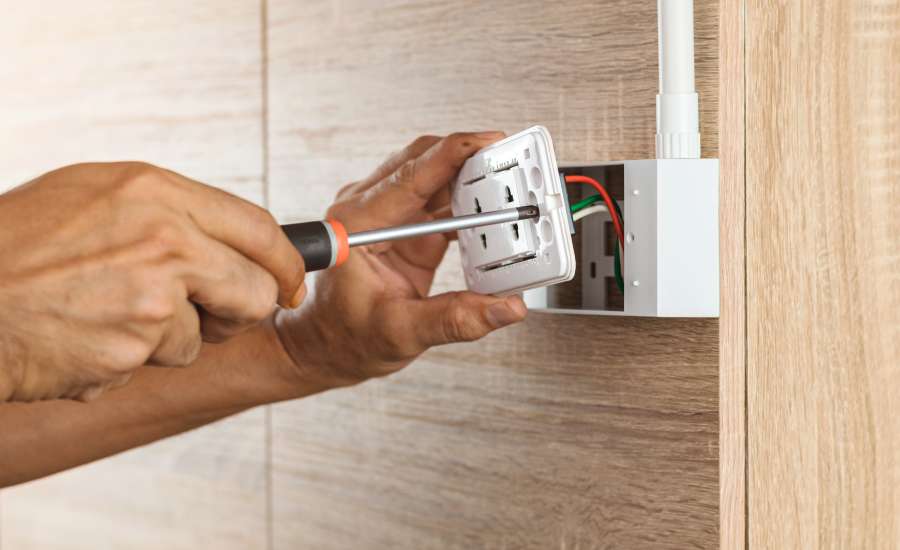
Screwdrivers are essential home renovation tools, as there are always things to disassemble, assemble or fasten with screws and other types of fasteners during these types of projects.
They’re also essential for adjusting or tightening hardware components such as hinges, doorknobs, and cabinet pulls.
When upgrading or replacing hardware components, such as light switch covers or outlet plates, screwdrivers are used to remove the existing screws and install the new components.
They’re also essential for installing or repairing electronics like TVs. There are different sizes of screwdrivers, so ensure you know the size you need before buying one, or you can just buy a screwdriver set, so you have all the different types or sizes available for different tasks or projects.
Hammer
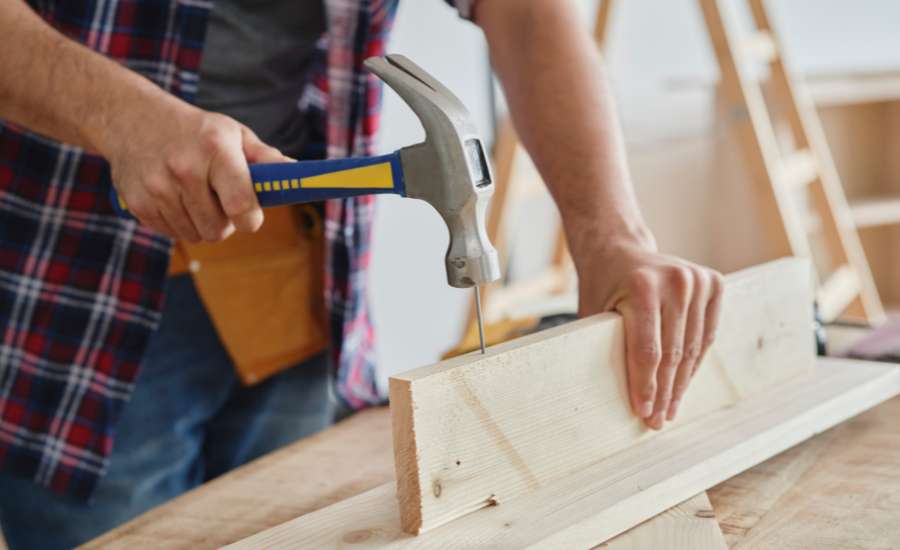
Hammers are very versatile during home renovation projects. They come in various sizes and designs, each suited for specific tasks.
The most common use of a hammer is for driving nails into various materials such as wood, drywall, or even metal. This is essential for framing, installing baseboards, crown molding, and other woodworking tasks.
They are also used to break down or remove existing structures, such as walls, tiles, and flooring, during renovation projects. For heavier demolition work, you might use a larger hammer like a framing hammer or even a sledgehammer.
Hammers with a curved claw on one end are great for removing nails or prying apart materials. They can also be used for shaping wood or other materials.
Smaller hammers, like a finishing hammer, are designed for delicate tasks like setting small nails or pins flush with the surface.
For small-scale concrete work, such as setting anchors or small patches, a masonry hammer can be used.
There are different types of hammers, each designed for a specific purpose. Ensure you choose the right type for the project you have at hand.
Tape measure
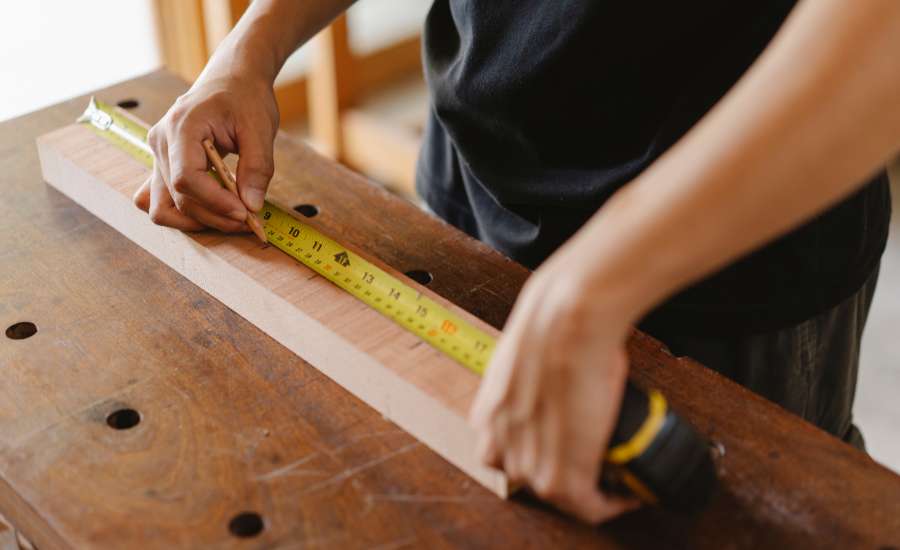
Even small measurement errors can lead to significant problems during a renovation project, that’s why having and using a tape measure is very important.
Its primary use is for accurately measuring distances, dimensions, and ensuring that everything fits properly.
When planning a renovation project, you’ll need to measure the dimensions of rooms, including length, width, and height. This information helps you determine quantities of materials needed and plan layout changes.
With it, you can mark out layouts on walls and floors. For example, when installing new cabinets, countertops, or tiles, you can use the tape measure to mark where each piece should go.
It allows you to mark the correct positions for windows and door placements. If you’re adding wallpaper, paneling, or wainscoting, a tape measure helps you calculate the amount of material needed and ensures accurate installation.
Utility knife
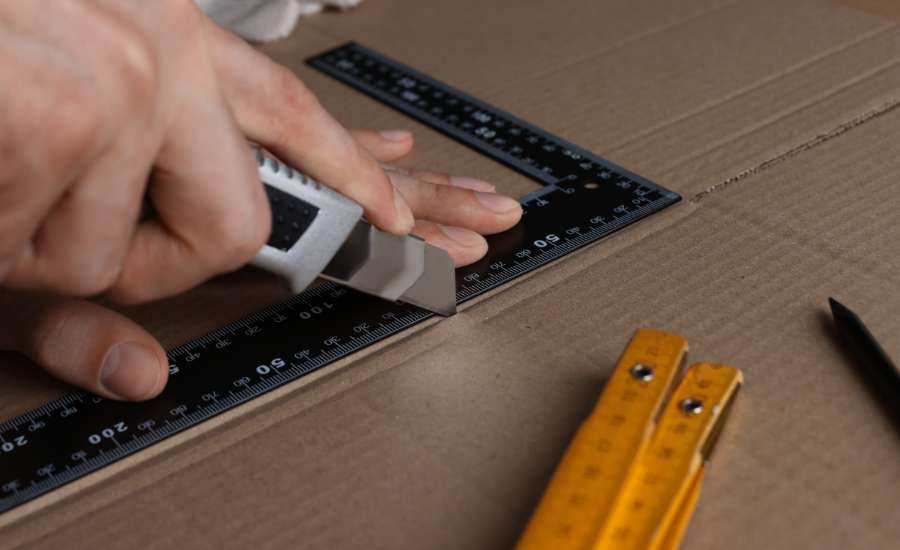
A utility knife, also known as a box cutter or a utility blade, is one of the simplest and most useful tools you need whether you’re carrying out a simple project or a complicated one. It can be used to cut a wide range of materials like drywall, cardboard, plastic, paper, carpet, linoleum, insulation, and so much more.
It’s especially handy for unpacking new materials, opening packages, boxes and containers efficiently. They’re also excellent for trimming and shaping materials such as foam, insulation, or carpet to fit specific spaces or shapes.
Want to remove old caulk or sealant around windows, doors and other fixtures? Utility knives are very handy for that as well.
They’re also ideal for creating access points or openings in materials, such as cutting holes in drywall for electrical boxes or plumbing.
Pliers
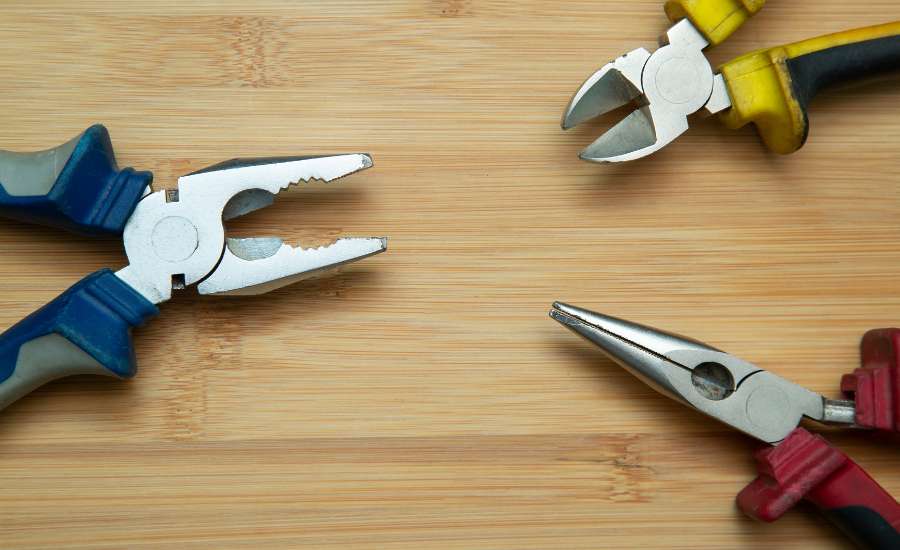
Pliers come in various types, each designed for specific tasks, and they’re very handy for home improvement or renovation projects.
They’re commonly used for gripping and holding objects securely. This is especially helpful when you need to hold onto something tightly while performing other tasks.
You can also use them to bend or shape wires, metal rods, or other materials, especially while performing tasks like adjusting or installing hardware.
Certain types of pliers, such as diagonal cutting pliers or wire cutters, are designed for cutting wires, cables, and other thin materials.
Others such as the slip-joint pliers, come with grooved jaws which are very useful for twisting or turning objects like nuts, bolts, or pipe fittings. You can also use pliers to remove nails, staples, or other fasteners that need to be pulled out.
Crimping, stripping and twisting of wires are also some common tasks you can carry out with a plier, usually when carrying out electrical projects.
Adjustable wrench
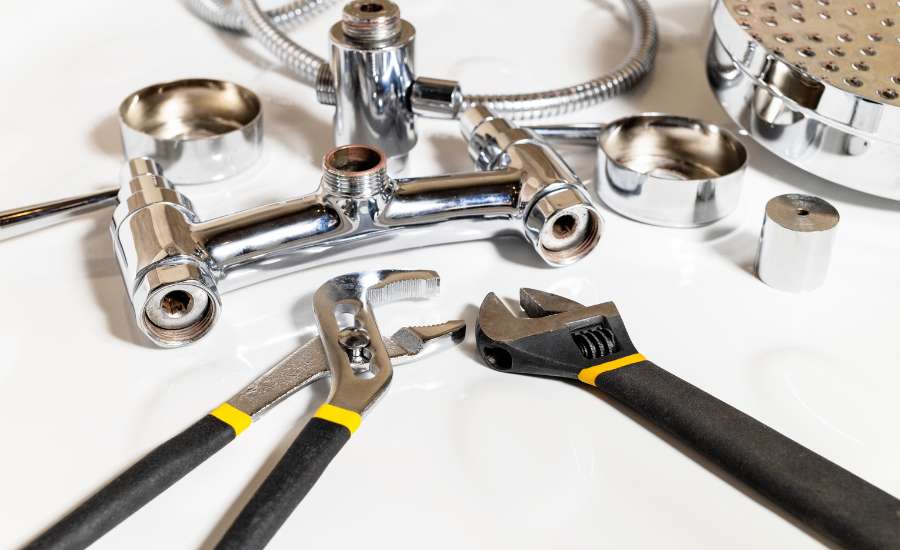
An adjustable wrench is versatile hand tool used for gripping and turning nuts, bolts, and other fasteners. It has an adjustable jaw that allows it to fit different sizes of fasteners.
Its primary purpose is to tighten or loosen nuts, bolts, and other fasteners of varying sizes. You can use it for assembling furniture, tightening plumbing fixtures like connectors and valves, or working on appliances.
You can also use it to disassemble or repair machinery like your gym equipment, your outdoor tools like lawn mowers and so on.
If you’re working on HVAC systems, you can use adjustable wrench to tighten or loosen small nuts and bolts on components like ductwork.
Level
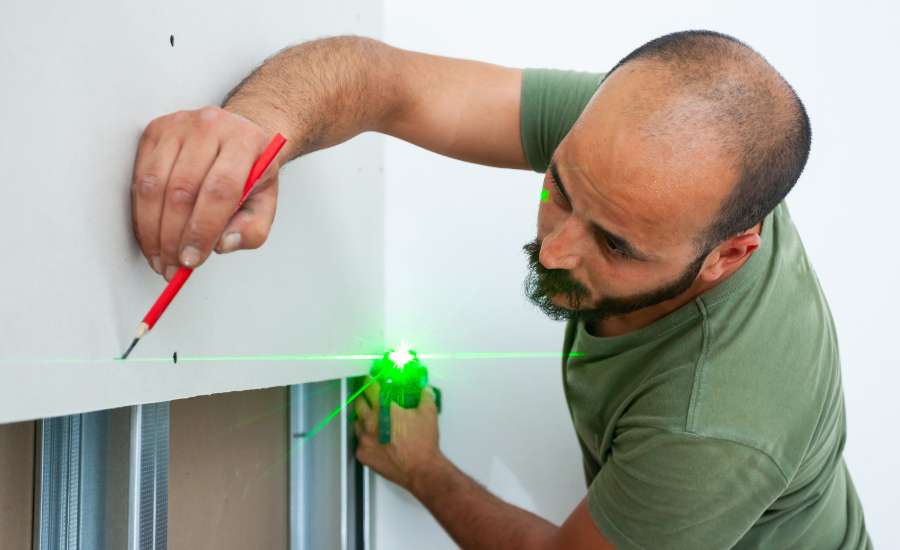
A level is a must-have tool when handling any type of building or construction project. With it you can ensure that surfaces, objects, and structures are properly aligned and balanced.
You need it to hang pictures and artwork. Having a level at hand ensures that pictures, mirrors, and artwork are hung straight and level on walls, creating a balanced and aesthetically pleasing display.
Using a level when installing shelving units also ensures that the shelvings are straight and properly aligned with the wall.
You also need a level to hang cabinets accurately, ensuring they are straight and properly balanced on the walls.
Want to mount your TV or some other electronics? You also need a level. With it you can ensure that the televisions, speakers, and other audiovisual equipment are level and positioned accurately.
No matter the task you’re trying to carry out, it’s almost impossible not to use a level. You just have to ensure you use a very accurate one.
There are different types you can choose from. There’s the common spirit level, and there are digital and laser levels which are often more accurate, precise and easier to use.
Power Tools
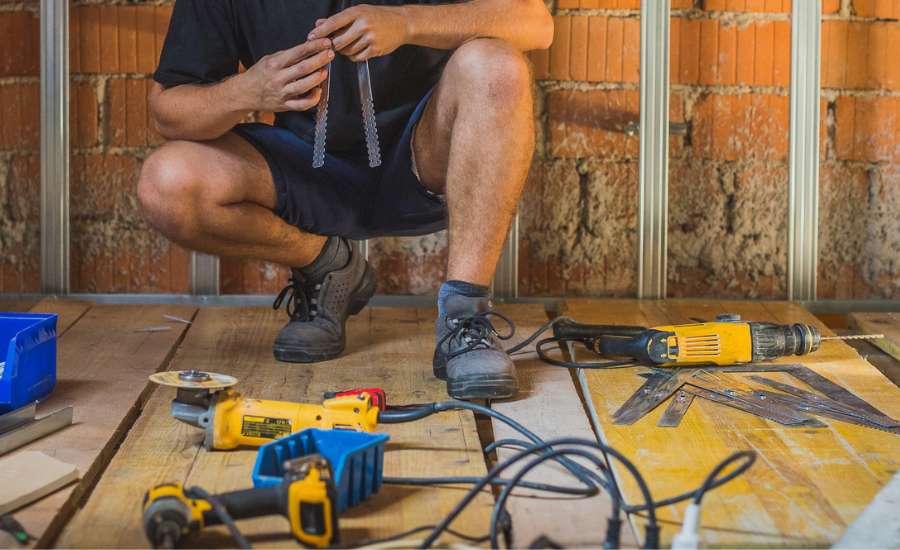
Power tools significantly reduce the time and effort required to complete tasks compared to manual tools. They offer several significant advantages over the manual hand tools listed above.
They offer consistent and precise results, ensuring accurate measurements, cuts, and fastenings that contribute to the overall quality of your renovation work.
Power tools handle heavy-duty tasks like cutting through tough materials, demolishing structures, and driving screws into hardwood, which would be challenging or time-consuming with manual tools.
You can use them to accomplish more in a shorter period, especially during larger renovation projects, because they require less physical exertion, reducing fatigue and strain on your body when used for long durations.
While numerous benefits, it’s important that you follow the right safety guidelines and wear appropriate personal protective equipment when using them.

